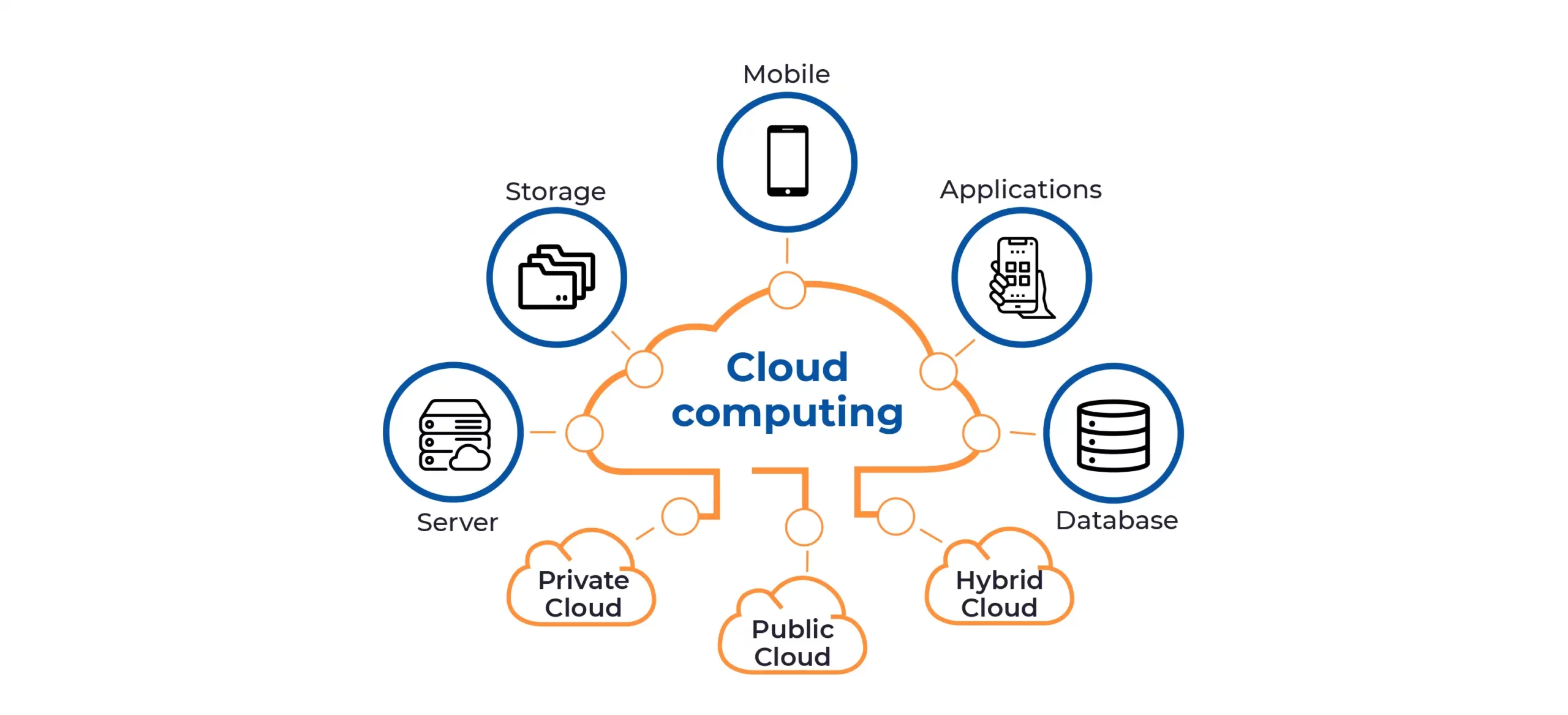Introduction
Machine Learning (ML) has emerged as a transformative technology, enabling computers to learn from data and improve their performance over time without explicit programming. This cutting-edge field is revolutionizing industries and reshaping our everyday lives. From personalized recommendations on streaming platforms to advanced medical diagnostics, the applications of ML are diverse and far-reaching.
In this article, we will explore the fundamental concepts of machine learning, its various types, real-world applications, ethical considerations, and its potential impact on the future.
Understanding Machine Learning
Machine Learning is a subset of artificial intelligence that focuses on algorithms and statistical models, allowing computer systems to learn and make predictions from data without being explicitly programmed. The learning process involves feeding the algorithm with labeled data (training data) to develop a model capable of generalizing and making accurate predictions on new, unseen data.
Key components of ML: a. Data: The cornerstone of machine learning, high-quality and diverse data is essential for training accurate models. b. Algorithms: ML algorithms are designed to learn patterns and relationships from data and make predictions. c. Model: A model represents the learned patterns from the training data and is used for making predictions on new data. d. Training: The process of feeding data to the algorithm to optimize the model’s parameters and make it more accurate. e. Evaluation: Assessing the model’s performance on unseen data to measure its predictive capabilities. f. Prediction: Once trained, the model can be used to make predictions on new, unlabeled data.
Types of Machine Learning
Machine Learning can be broadly categorized into three types based on the nature of the learning process:
a. Supervised Learning: In supervised learning, the algorithm is trained on labeled data, where each data point is associated with the correct outcome. The goal is for the algorithm to learn a mapping function from input to output so that it can predict the correct outcome for new, unseen data. Popular algorithms in this category include Linear Regression, Decision Trees, and Support Vector Machines.
b. Unsupervised Learning: Unlike supervised learning, unsupervised learning involves training the algorithm on unlabeled data. The goal is for the algorithm to find patterns and structures in the data without any explicit guidance. Clustering and dimensionality reduction are common tasks in unsupervised learning. K-Means, Hierarchical Clustering, and Principal Component Analysis (PCA) are common algorithms in this category.
c. Reinforcement Learning: Reinforcement learning involves training an agent to interact with an environment and learn from the feedback it receives. The agent takes actions to maximize a cumulative reward signal over time. This type of learning is widely used in gaming, robotics, and autonomous systems.
Real-World Applications of Machine Learning
Machine Learning has made significant contributions across various industries, enhancing efficiency, accuracy, and decision-making processes. Some of the key real-world applications include:
a. Healthcare: ML algorithms assist in medical image analysis, disease diagnosis, drug discovery, and personalized treatment plans, leading to improved patient outcomes.
b. Finance: ML is used for fraud detection, risk assessment, algorithmic trading, and credit scoring, enabling financial institutions to make data-driven decisions.
c. E-commerce and Recommendations: ML powers recommendation engines, providing users with personalized product and content suggestions, driving user engagement and sales.
d. Natural Language Processing (NLP): NLP techniques enable machines to understand, interpret, and generate human language, leading to advancements in chatbots, sentiment analysis, and language translation.
e. Autonomous Vehicles: Reinforcement learning and computer vision are employed to develop self-driving cars, enhancing road safety and reducing accidents.
f. Manufacturing: ML optimizes supply chain management, predictive maintenance, and quality control, leading to cost reduction and improved productivity.
Ethical Considerations in Machine Learning
As ML technologies become more pervasive, ethical concerns arise regarding their impact on society, privacy, and biases in decision-making. Some of the crucial ethical considerations include:
a. Bias and Fairness: ML models can inadvertently perpetuate biases present in the training data, leading to discriminatory outcomes. Ensuring fairness and mitigating bias is crucial for building ethical ML systems.
b. Privacy and Data Security: The abundance of data used in ML raises concerns about data privacy and security. Safeguarding personal information and ensuring data protection are essential responsibilities.
c. Transparency and Explainability: ML models, particularly deep learning algorithms, are often viewed as “black boxes” due to their complexity. Ensuring transparency and interpretability in ML decisions is critical, especially in sensitive domains like healthcare and finance.
d. Accountability: As ML systems influence significant decisions, holding the developers, organizations, and stakeholders accountable for their models’ outcomes becomes vital.
The Future of Machine Learning
Machine Learning is poised to drive innovation and shape the future in numerous ways:
a. Advancements in Deep Learning: Deep Learning, a subset of ML involving neural networks, continues to evolve, leading to breakthroughs in natural language processing, image recognition, and robotics.
b. AI and Creativity: ML’s ability to analyze vast amounts of data can be harnessed to augment human creativity in fields such as art, music, and content creation.
c. Healthcare Revolution: ML is expected to revolutionize healthcare by facilitating early disease detection, personalized treatments, and drug development.
d. Autonomous Systems: The development of autonomous systems, from self-driving cars to drones, will reshape transportation and logistics.
e. Climate Change and Sustainability: ML can contribute to sustainable practices by optimizing energy consumption, predicting environmental changes, and supporting conservation efforts.
Conclusion
Machine Learning’s transformative potential is already evident in various sectors, and its applications continue to grow rapidly. As we move forward, it is crucial to balance innovation with ethical considerations, ensuring the responsible development and deployment of ML technologies. With continued research and responsible usage, Machine Learning will undoubtedly play a pivotal role in shaping a more intelligent, data-driven future.



